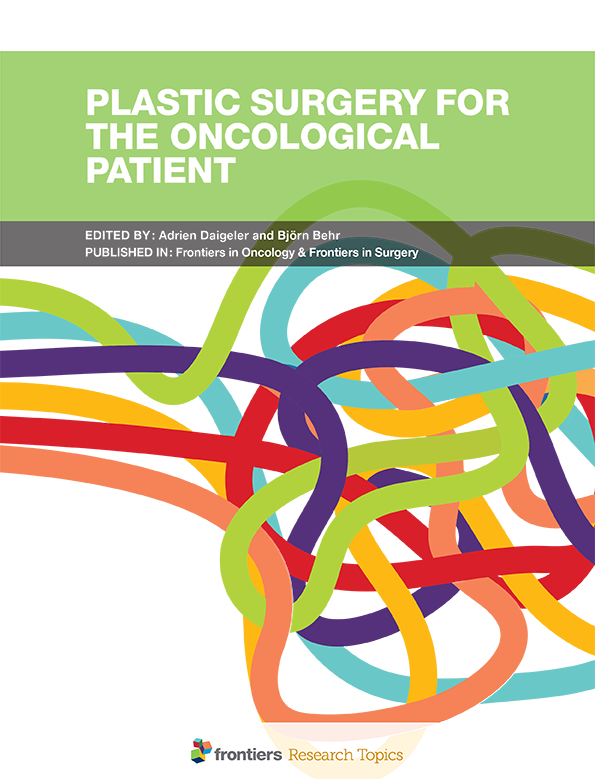Comparative analysis of PD-L1 expression and molecular alterations in primary versus metastatic lung adenocarcinoma: a real-world study in China
IF 3.5
3区 医学
Q2 ONCOLOGY
引用次数: 0
Abstract
ObjectivesProgrammed death-ligand 1 (PD-L1) is the only Food and Drug Administration-approved biomarker for monitoring response to immune checkpoint inhibitor (ICI) therapy in patients with lung adenocarcinoma. Understanding the nuances of molecular phenotypes, clinical attributes, and PD-L1 expression levels in primary and metastatic lung adenocarcinoma may help predict response to therapy and assist in the clinical management of lung adenocarcinoma.MethodsA total of 235 primary and metastatic lesion specimens from patients with non-small cell lung cancer (NSCLC) an institution in Shandong, China were analyzed. PD-L1 expression was assessed by immunohistochemistry using the 22C3 antibody, and the molecular phenotype was determined by next-generation sequencing of 450 genes. The molecular phenotypes of the primary and metastatic lesions were compared.ResultsElevated PD-L1 expression was significantly associated with advanced and metastatic disease (P = 0.001). The distribution of PD-L1 expression varied based on the anatomical location, showing a higher frequency of elevated PD-L1 expression in distal metastases than in the primary tumor. Metastatic lesions exhibited a higher proportion of carcinogenic pathway gene alterations and a greater number of DNA damage-repair pathway gene alterations than the primary lesions. Notably,原发性与转移性肺腺癌中PD-L1表达和分子改变的对比分析:一项在中国进行的真实世界研究
目的程序性死亡配体1(PD-L1)是美国食品和药物管理局批准的唯一用于监测肺腺癌患者对免疫检查点抑制剂(ICI)疗法反应的生物标记物。了解原发性和转移性肺腺癌的分子表型、临床属性和PD-L1表达水平的细微差别有助于预测治疗反应,并协助肺腺癌的临床管理。方法分析了来自中国山东某机构的235例非小细胞肺癌(NSCLC)患者的原发性和转移性病灶标本。PD-L1的表达通过22C3抗体免疫组化进行评估,分子表型通过450个基因的新一代测序进行测定。结果PD-L1表达升高与晚期和转移性疾病显著相关(P = 0.001)。PD-L1 表达的分布因解剖位置而异,远端转移灶中 PD-L1 表达升高的频率高于原发肿瘤。与原发病灶相比,转移灶的致癌通路基因改变比例更高,DNA损伤修复通路基因改变的数量也更多。值得注意的是,与原发病灶相比,CDKN2A拷贝数缺失在转移病灶中更为普遍。来自纪念斯隆-凯特琳癌症中心研究的临床数据显示,在 I 期肺腺癌中,CDKN2A 表达缺失与预后较差之间存在关联。这凸显了加强CDKN2A缺乏患者的临床管理和随访的重要性,尤其是在I期肺腺癌亚组中。
本文章由计算机程序翻译,如有差异,请以英文原文为准。
求助全文
约1分钟内获得全文
求助全文
来源期刊

Frontiers in Oncology
Biochemistry, Genetics and Molecular Biology-Cancer Research
CiteScore
6.20
自引率
10.60%
发文量
6641
审稿时长
14 weeks
期刊介绍:
Cancer Imaging and Diagnosis is dedicated to the publication of results from clinical and research studies applied to cancer diagnosis and treatment. The section aims to publish studies from the entire field of cancer imaging: results from routine use of clinical imaging in both radiology and nuclear medicine, results from clinical trials, experimental molecular imaging in humans and small animals, research on new contrast agents in CT, MRI, ultrasound, publication of new technical applications and processing algorithms to improve the standardization of quantitative imaging and image guided interventions for the diagnosis and treatment of cancer.
 求助内容:
求助内容: 应助结果提醒方式:
应助结果提醒方式:


